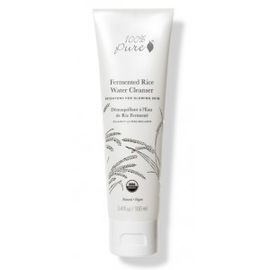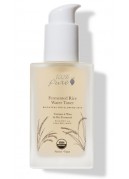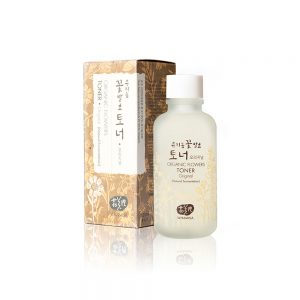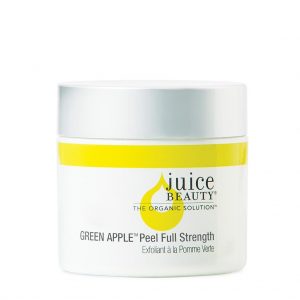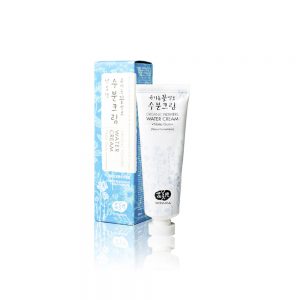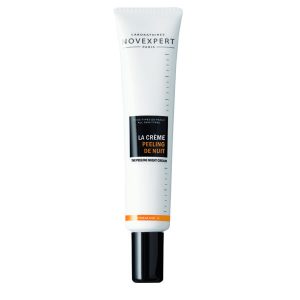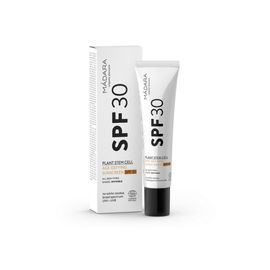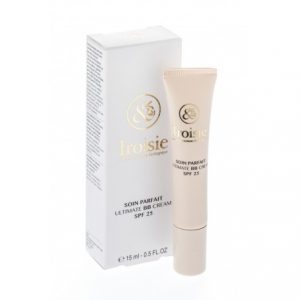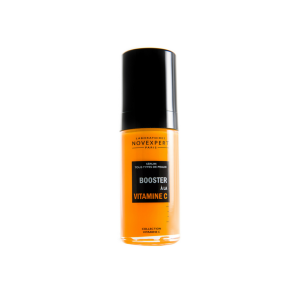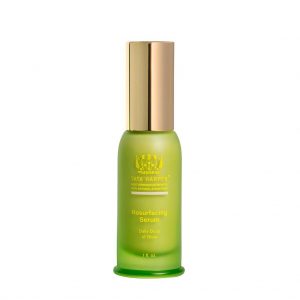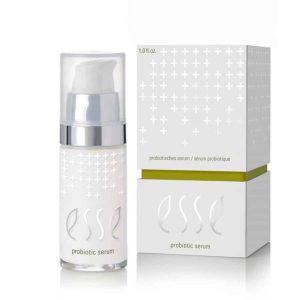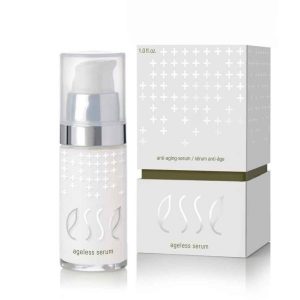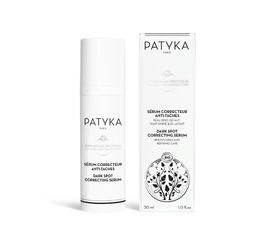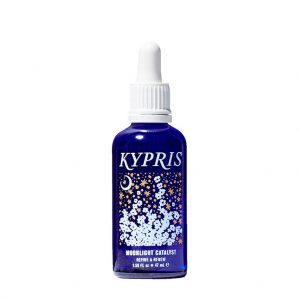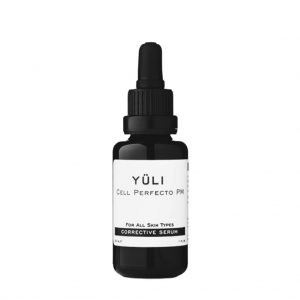Recognizing your skintype and its needs is the foundation of a successful skincare recipe. In this section I’ve covered the most common skin problems. Let’s troubleshoot together: I’ll share my best tips and product recommendations.
Acne
Healthy aging
Atopic dermatitis
Perioral dermatitis
Pigmentation
Rosacea
Pigmentation
Typically, hyperpigmentation begins to occur on the skin around the age of 30 to 40 years, but if inherited, it can appear on younger skin as well. However, pigmentation disorders are most often a problem of aging skin and they can arise in any type of skin. Hyperpigmentation may also occur during pregnancy, and it can disappear on its own.
The most typical pigmentation disorders are lentigines and melasma. Melasma can appear in large patches, typically around the lips, on the forehead and cheekbones. Melasma is related to hormonal functions, and it can occur more frequently in women who use hormonal contraceptives, during pregnancy or menopause.
Lentigines, also called liver spots, are smaller, dot like pigmented spots that usually occur due to aging on skin areas that have been frequently exposed to the sun, such as the back of the hands and décolleté.
Treating hyperpigmentation is challenging, so if you know you are prone to pigmentation disorders, either genetically or if you have been sunbathing a lot when you were younger, the treatment should be preventive. The most efficient way of preventing pigment disorders is to protect your skin using sunscreen with a high SPF. Use the SPF from early spring through to September. In addition, it’s a good idea to start using products designed for treating pigmentation already in the spring. They can also be used throughout the year.
Hyperpigmentation is treated with ingredients that inhibit the production of the brown pigment of the skin, melanin. They inhibit the function of the tyrosinase enzyme, which is mainly responsible for melanin production. In addition, pigment production can be prevented with ingredients that inhibit melanin-filled melanosomes from transferring to the surface layers of the skin, thus preventing hyperpigmentation. However, these kinds of ingredients do not whiten spots that have already formed, so melanin breaking ingredients are used to treat old spots instead. The results are most often seen only 2–4 months after beginning the treatment.
Some of the effective ingredients for pigmentation disorders include e.g. probiotics, vitamin C, amla, liquorice root, cucumber, niacinamide, narcissus and arbutin, which is found in bearberry. In addition, all antioxidants are useful in treating hyperpigmentation.
The skin is treated according to the guidelines for your skin type but using products that are specially intended for treating hyperpigmentation. In addition, you should protect the skin from the sun by using sunscreen, foundation, a BB cream or a CC cream. A foundation with SPF is a good choice.
